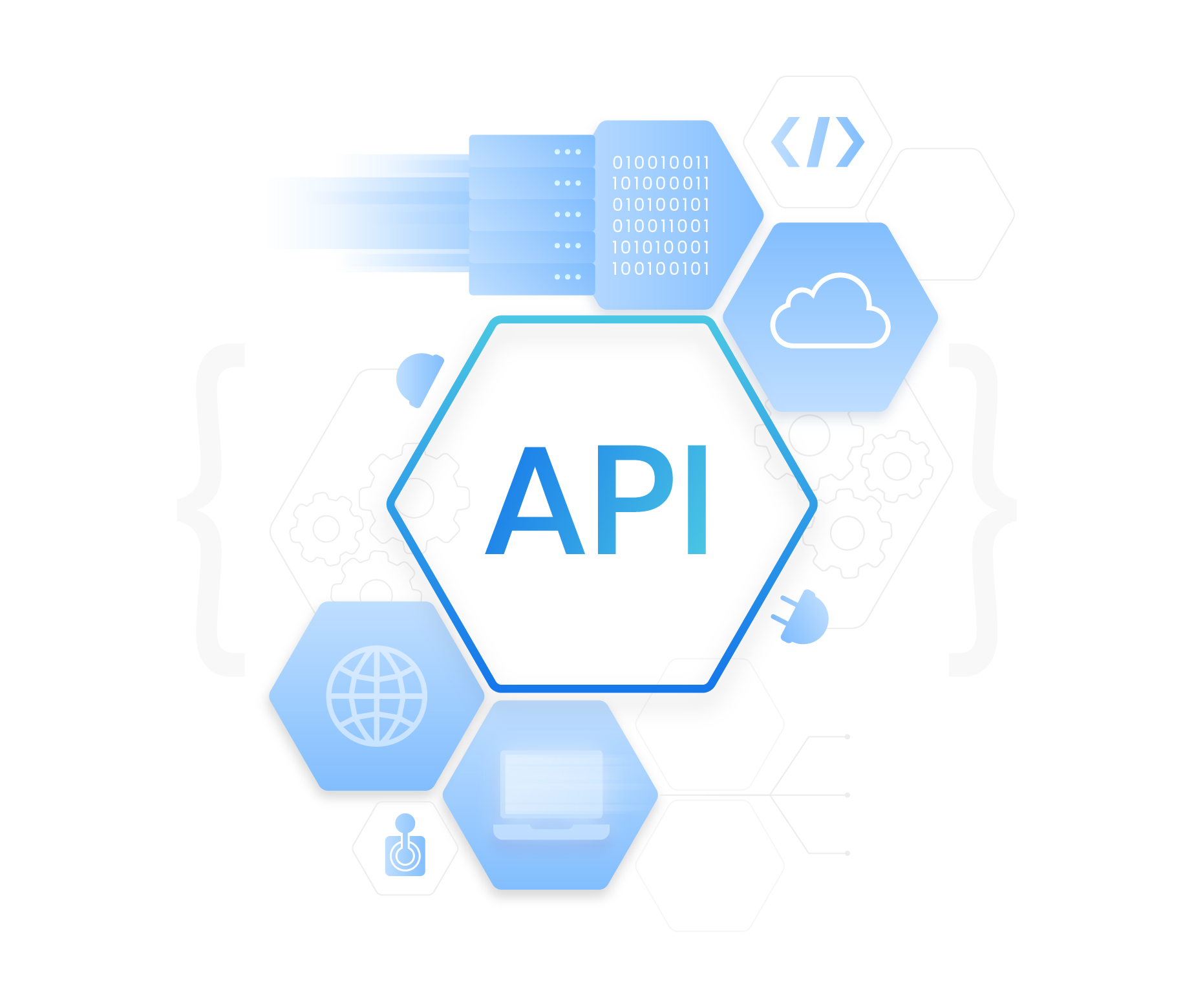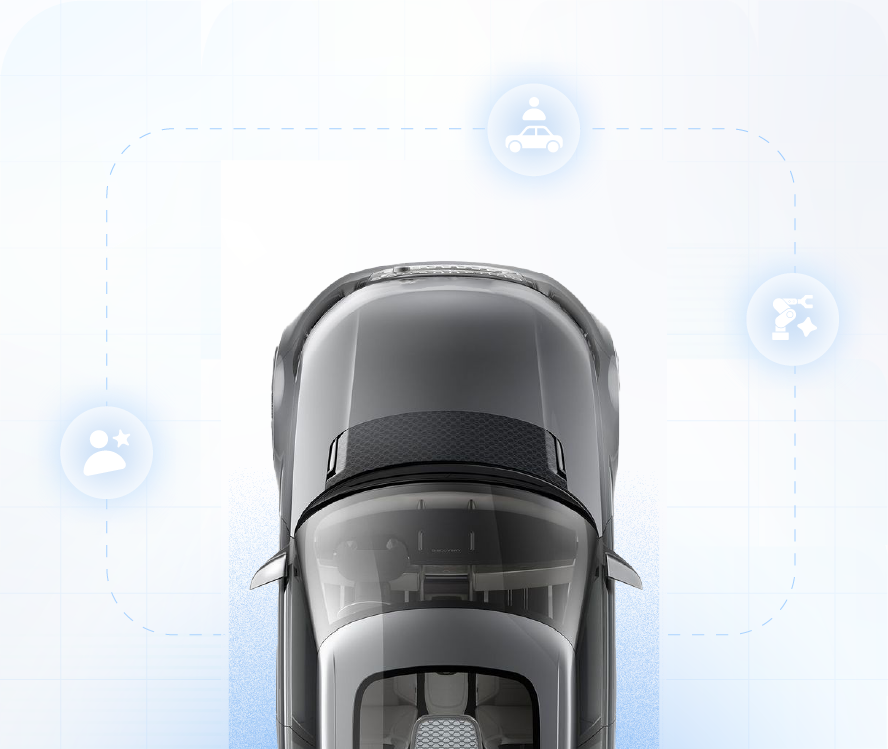Blog
Right Software for your Business - Lease Management Software
By Olle Murby, on November 13, 2018
Handle your different financial services and products using a single lease management software. Right Software for your Business.

The global leasing industry maintained a positive outlook from 2010 to 2015 and experienced growth in terms of business volumes. According to the World Leasing Yearbook 2017, the top 50 countries experienced a growth of 6.5% in new business volumes, reaching the US $1 trillion mark in 2015 up from US $994.31 billion the previous year.
Enterprise systems are software packages that help in automating business processes and improve workflow and decision making. When it comes to specifically choosing a lease management, certain aspects of the software need to be taken into account before deciding which system would best suit your business requirements.
Stability
As mentioned earlier, the daily transactions in the leasing industry are worth billions of dollars. As a result, ensuring that the lease management software your company is using is stable and thus reliability is a key priority. The system should be dependable and should not choke at any stage of operations. It should maintain its stability even when lease volumes increase abruptly or show a sign of slowing down. Enterprise systems, compared to traditional IT solutions have the advantage of being more reliable and stable when scaling services up or down as per requirements.
Integration
The lease management software should be easy to integrate with other third-party systems or software. For a long term mutually beneficial relationship, the lease management software being offered should have flexibility so that clients can access your interface and have the capability to customize the software package according to their specific needs. The end user or client can come up with new functionalities for the software by combining it with other applications thus allowing room for greater innovation with relative ease. Vertical and horizontal integration between suppliers, vendors, end consumers and internal departments of an organization can result in streamlining operations, which will in turn, increase efficiency.
In the short run, a single vendor solution might seem sufficient for current operations, however in the long term, when a business has to face new challenges; it needs to use latest innovative and adaptable software solutions for problem solving. Integrating new features into an inflexible lease management system or switching to a new system altogether will not just be costly, but also time consuming and expose the business to unwanted risks. Having open APIs (Application Programming Interfaces) is, to date, one of the best solutions to allow easy integration between different platforms. Open APIs help streamline entire operations ecosystem and can future proof your lease management software by allowing it to easily integrate with new upgraded versions of different applications and systems. A complete lease management system ideally should be able to integrate all aspects of the lifecycle of a lease contract from origination to completion.
Increased Mobility Applications and Mobile Integrations
The Internet of Things (IOT) continues to cause disruption in the way internal and external communication is carried out by enterprises. Companies increasingly become dependent on enterprise collaboration tools such as ROBO (remote office/branch office) as there is a growing need for collaborative tools in and out of the office. Such collaborative mobility applications help bridge the gap between users, resources and data. Data and important information can be retrieved on the go.
Due to the digital revolution, having mobile integration or a mobile version of your solution/system has become an absolute necessity. Sales workforce individuals spend most of their working hours in the field and can access important data and work tools from anywhere at any given time. This enhances the sales teams' ability to make informed decisions more efficiently. They can also add new customer data instantaneously, which means, real time upgrading of client data is just a matter of few clicks. Sales teams don't have to wait to get to the office to add a new lessee to the system; in fact, they can proceed with the entire auto loan origination software and documentation process from the field. They can access and add real time leasing data through their smart phones, which means they can have their workstation in the palm of their hand. This gives sales representatives the freedom to concentrate on their core tasks in the field rather than spending time behind the office desk gathering and updating sales data.
Web Responsiveness
The enterprise system or software package needs to be highly web responsive. Web responsiveness is a key element for the success of any application or software package. Digitization is a reality which is presently affecting every industry and therefore, it is increasingly important that your enterprise system performs well across all digital platforms. Web responsiveness of any application on tablets and smart phones being used by sales workforce or others to retrieve and add real time data is a very important element. If a leasing agent is not able to deliver the required information to a client on time or add their information in their system aptly, it would not just give an unprofessional image of the entire company and cause embarrassment, but it would also make the salesperson's job more time consuming and tedious.
Software-as-a-Service (SAAS)
Software-as-a-service (SaaS) solutions are cloud-based platforms that can be accessed over the internet. These platform's infrastructure is 'cloud' based and can be accessed anywhere, anytime through a web browser. As opposed to traditional leasing software models, SaaS models do not need to be installed on your system and are usually on a subscription or pay-as-you-use basis. As no software is to be installed on your company's network, there is no licensing fee and the upgrading costs are minimal. As infrastructure is already established in the cloud, there is barely any time required for set up and you are fully functional in a matter of minutes. Data storing and retrieving is also more straight-forward as you simply need to be connected to the internet to access the platform.
Accuracy
As the entire lease management cycle is automated when using a lease management software, the calculations are also done by the software. As the value of lease contracts in terms of US dollars or other currencies tend to be high, even a small discrepancy in calculation can cause a significant loss. Hence, lease management software eliminates the chances of error as calculations are done as soon as data is entered in the software. Real time inventory management further enhances and updates the calculations.
Data Usage
Diversified and vast amount of data is stored and generated in the lease management software. This data also contains contact information of clients. This customer data base gathered is particularly useful for marketing purposes in the future. Furthermore, information about client's credit scores is also obtained through the credit bureau along with their preferences of type of financial products they use. This data can be used for cross and up selling purposes by understanding their current choice of financial products and their ability to obtain further credit.
Data Migration
Another important aspect to consider is data migration which is the transference of data between data bases or storage systems or sometimes simply transferable in data formats. Lease management systems usually have a built-in data migration system and the vendor providing the management system is responsible for the successful migration of data, if need be. Businesses using the lease management system therefore do not have to worry about loss of data at any stage, as data back up and migration are domains covered by the software vendor.
Big Data and Artificial Intelligence
If you are using a lease management software, the vast number of daily transactions on your platform are bound to create Big Data. This data when analysed over a period of time can be used to create useful insights. Predictive modelling can be carried out combining these data insights with Artificial Intelligence (AI). AI can be used for data modelling and in some cases even automatic decision making where possible. Customers' leasing behavior can be predicted, and certain aspects of decision making can be automated resulting in more informed and swift decision making.
Security
Security breaches into corporate information systems are on the rise globally. When it comes to lease management system, it is significantly important to protect lease transaction data as well as secure customers' information, especially their personal credit information. Software providers have high tech facilities to keep data secure and ensure constant data backups. Businesses can concentrate on their core leasing activities while securing servers and systems from breaches, which becomes the responsibility of the digital transformation in asset finance.
System Versatility
Different financial services and products should be handled using a single lease management software. All types of leases can be handled by a single system, including operating lease, financial lease, leaseback, etc. Diversified financial portfolios utilizing different financial products should all be worked upon using a comprehensive lease management software.
Telematics in Leasing
Telematics, on the whole is technology that enables devices or machines to store, receive and communicate information. Vehicle navigation systems these days have a black box or vehicle telematics center fitted in them. This black box not only tracks the movement of your vehicle but also records driving behaviour and patterns of use by the vehicle driver. This telematics recorded can be used to provide different leasing solutions to vehicle drivers. Just as you can use pay-as-you-go insurance services which depends upon your driving history and how safely you drive, getting flexible lease options according to your driving behavioral pattern and usage-based lease plans might be an option in the near future.
Conclusion
Lease management has become a complex field due to the availability of varied financial products in the market coupled with the demand for more customized lease solutions. Thus, it has become necessary for lending institutions to have a comprehensive end-to-end lease servicing software that handles and automates operations from contract origination to contract completion. All aspects of the lease lifecycle are to be handled comprehensively by the lease management system that provides clients with a complete omni-channel customer experience. Connectivity of the software with other applications and devices for communication purposes is a pre-requisite as Point-of-Sale transactions and internal and external communication channels need to be incorporated into the lease management software. Asset finance solutions, financial reporting, ability to process payments [online rental collection], accounting and reporting, mobile-responsive interface, handling of maintenance requests/maintenance management reports, etc. are just some of the basic features that all lease management software must have to qualify as the right lease management software for your business.
Related blogs

Blog
Future-proofing financial operations: Why API integration is key to scaling vendor partnerships

Blog
The future of wholesale finance: Why mobile technology is transforming OEM-dealer relationships

Blog



